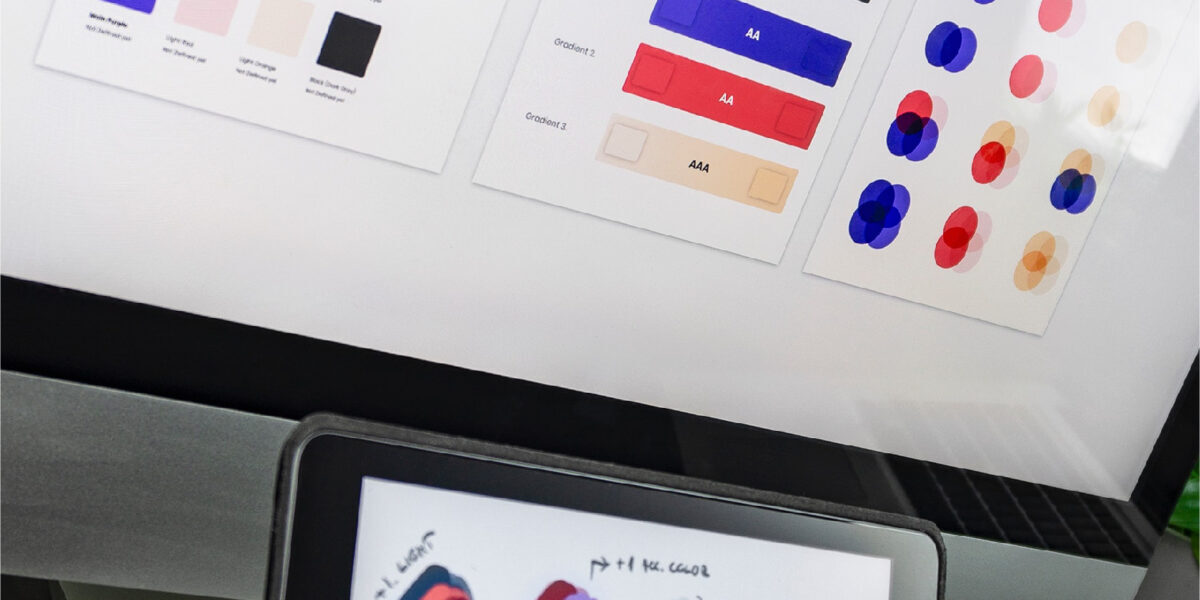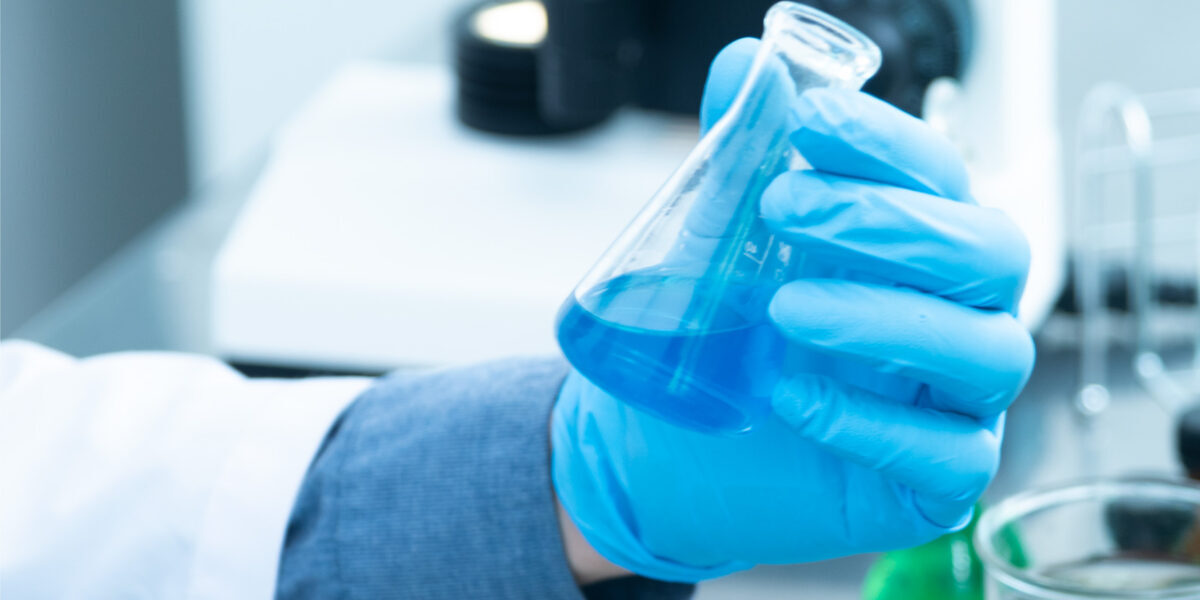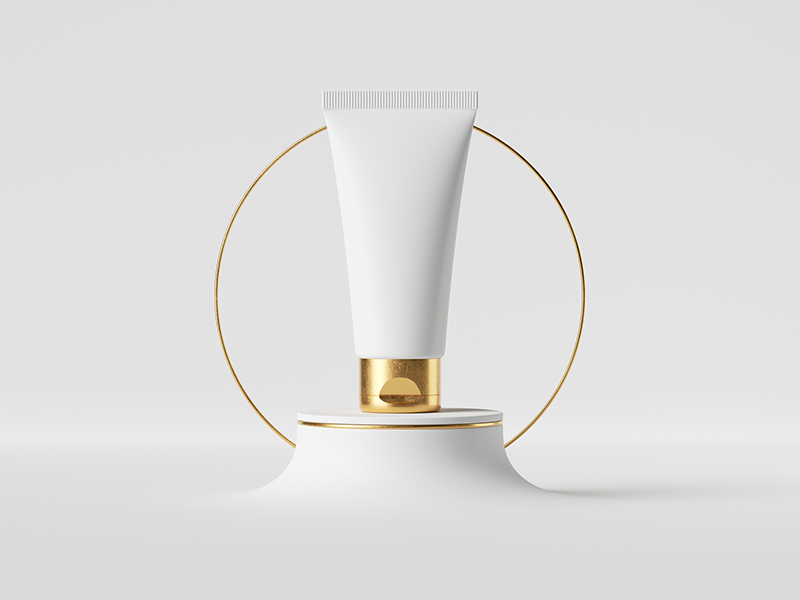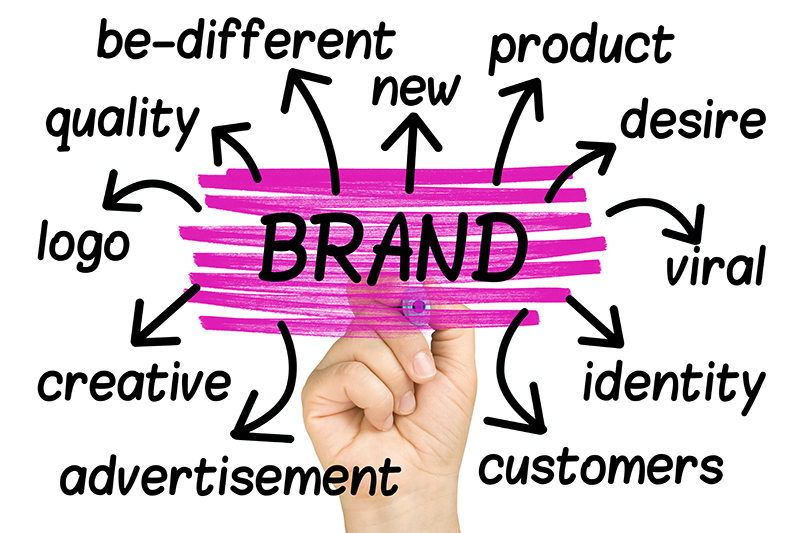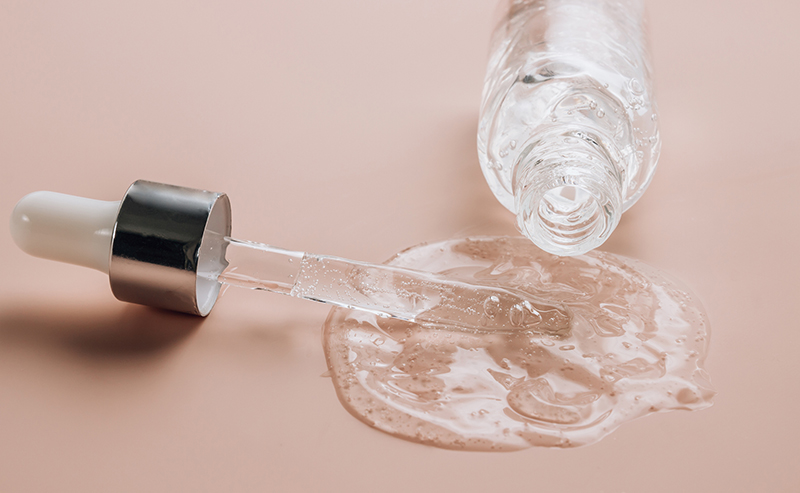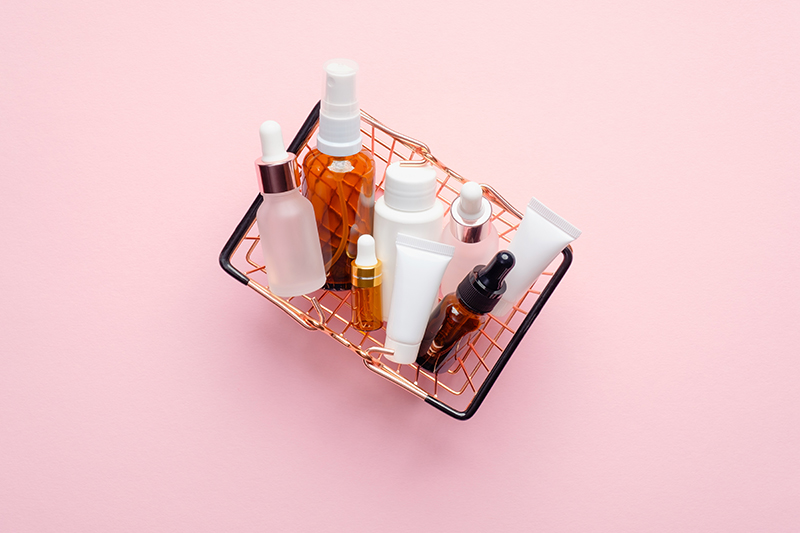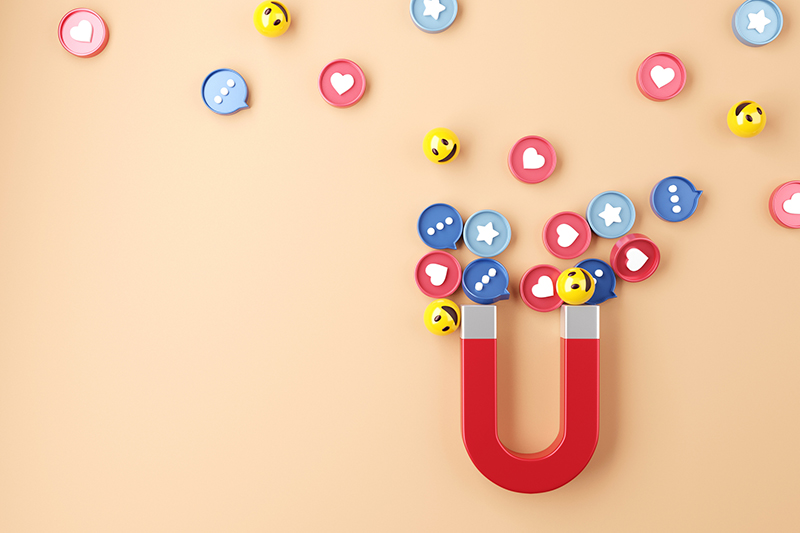What makes consumers pick one cosmetic product over another? Variables such as a trusted brand and an appealing price obviously play big roles, but packaging, too, is crucial — especially for new brands trying to break into a saturated beauty market. Analysts predict the global cosmetics market will jump 13 percent annually until at least 2021, meaning companies hoping to compete alongside Revlon and L’Oréal for pieces of the billion-dollar pie should take heed. Tear off the recognizable names and remove the quirky, attention-grabbing monikers, and what do you have? A carton, a bottle, or a tube that can speak volumes about brand identity. Just make sure its look is saying what you want it to. Pack Smart From the Start Whether your cosmetics packaging just isn’t clicking or you’re starting a new design, ask yourself these three questions to ensure your packaging and product align: What kind of brand do you want to be? Before you draw up any visual packaging prototypes, you must establish a concrete brand profile. It’s important to have a clear understanding of your brand’s purpose so you can attract those you want to target. This profile will define your brand’s message, voice, and personality; it can

